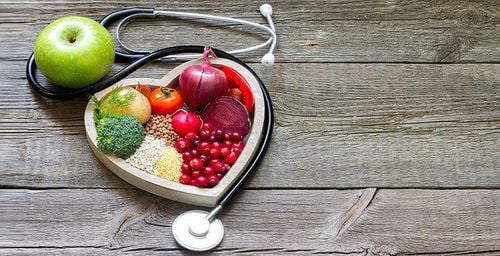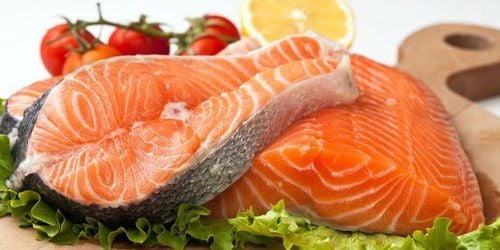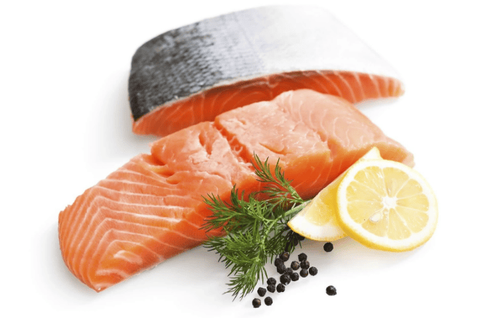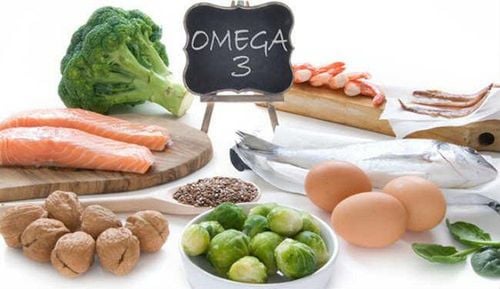This is an automatically translated article.
As a nutritious fish, parents absolutely do not let their children eat salmon continuously and eat in large quantities, because it can cause children to lose nutritional balance. It is necessary to feed children with salmon at a dose appropriate to each age.
1. How good is salmon for your baby's health?
Red meat animals such as cows, pigs, ... contain too much protein, so eating too much is not good for health, high risk of diabetes and obesity in babies. However, salmon is different because the protein in salmon and amino acids are very easily absorbed, good for the baby's digestive system. Besides, feeding your baby salmon will bring many health benefits such as:
Supplementing with vitamin D for the baby's body: In babies, vitamin D is very important to help absorb calcium, prevent cancers. multiple sclerosis, rheumatoid arthritis and heart disease. In natural salmon meat contains a large amount of vitamin D, which helps maintain the baby's health. Strengthen bones and joints: In natural salmon contains omega-3 to help improve osteoporosis, natural anti-inflammatory, so feeding your baby salmon will help your bones stay strong. Nervous system and brain recovery: Omega-3s naturally found in salmon will help boost your baby's brain functions, including improving memory. Besides, vitamin A, vitamin D and selenium found in salmon will help protect the nervous system against other damage. Preventing Attention Deficit Hyperactivity Disorder in Children: According to studies, children who regularly eat salmon will prevent ADHD in children. Experts recommend that children eat salmon before school age to help them focus and remember better. Improves heart health: Salmon helps reduce inflammation, atherosclerosis, high blood pressure and stroke. Therefore, for children with coronary heart disease, salmon should be added to the daily nutritional menu.
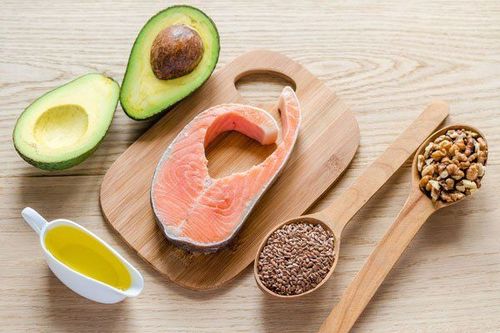
Cá hồi là thực phẩm giàu dinh dưỡng và mang lại nhiều lợi ích cho sức khỏe của trẻ
Anise is good for baby's eyesight: Cooking salmon porridge for your baby or processing into different dishes in daily meals will also help your baby prevent dry eye syndrome, reduce the risk of glaucoma and high eye pressure. Eating salmon is essential for infant eye development. Healthy Skin: Feeding your baby natural salmon can help keep skin glowing and body supple. Omega-3 fats in salmon treat cancer: According to studies on the health benefits of omega-3s found in salmon, scientists have shown that omega-3s not only prevent cancer but also prevent cancer. can also kill tumors such as malignant brain tumor, skin cancer, colon cancer, ... With the nutritional value in salmon as above, parents should put salmon into food. daily menu in the diet to help support your baby's better development.
2. How many months baby can eat salmon?
Salmon is rich in nutrients, so it is very good for the formation and development of children. This is a fish rich in DHA, amino acids, unsaturated fatty acids and omega, so it will provide essential nutrients for children's bodies.
However, because it contains many nutrients, so young children eat too early, too much can cause nutritional imbalance as well as the potential risk of storing too much heavy metal in the body. Therefore, experts recommend that parents should let children eat salmon when they are 7 months old or older to avoid irritation and allergies for children when eating.
Besides, when starting to feed the baby, parents should feed the baby slowly and eat little by little, the purpose is to monitor the child's body's response to this nutritious fish.
Besides, mothers need to pay attention to puree salmon before cooking porridge to make it easier for babies to eat. In particular, absolutely do not give children fruit immediately after eating salmon porridge, because the digestive system can be stimulated, thereby causing symptoms such as nausea, abdominal pain. In case the baby's relatives have a history of seafood allergy, it is best to introduce salmon to the baby after a few months of age.

Nên cho trẻ ăn từng ít một để bé tập làm quen với món mới
Fish is a nutritious fish, but parents absolutely do not feed the baby continuously and eat in large quantities, because it can cause the child to lose nutritional balance. Children from 7-12 months old: Children can eat 20-30g of salmon/meal. Children should eat 1 meal / day, at least 3 meals per week. Children from 1-3 years old: Children can eat 30-40g of salmon/meal, eat 1 meal a day. Children 4 years and older: Children can eat 1-2 salmon meals/day, dosage 50-60g/meal.
3. Some notes when cooking salmon porridge for babies
As a nutritious fish should be on the baby's menu, however, when cooking salmon porridge for children, parents need to note a few things below to maximize the effects of this food as well as avoid some side effects. Specifically:
When cooking salmon porridge for children, parents should note that they must pull out all the fish bones, this will prevent the baby from choking on the fish bones. When cooking salmon porridge for children, parents should add vegetable oil to the baby's diet to help the baby feel delicious and add the necessary amount of fat for the child's body. Choose salmon and fresh ingredients, salmon should choose bright orange or dark orange, regular fish fat and smooth white. When preparing salmon, it is necessary to wash your hands with soap or wear gloves to ensure the hygiene of your baby's porridge. In addition, when cooking salmon porridge for babies, parents should also combine salmon with many different foods to help children eat deliciously. For example, pumpkin salmon porridge, salmon head porridge with lotus seeds...
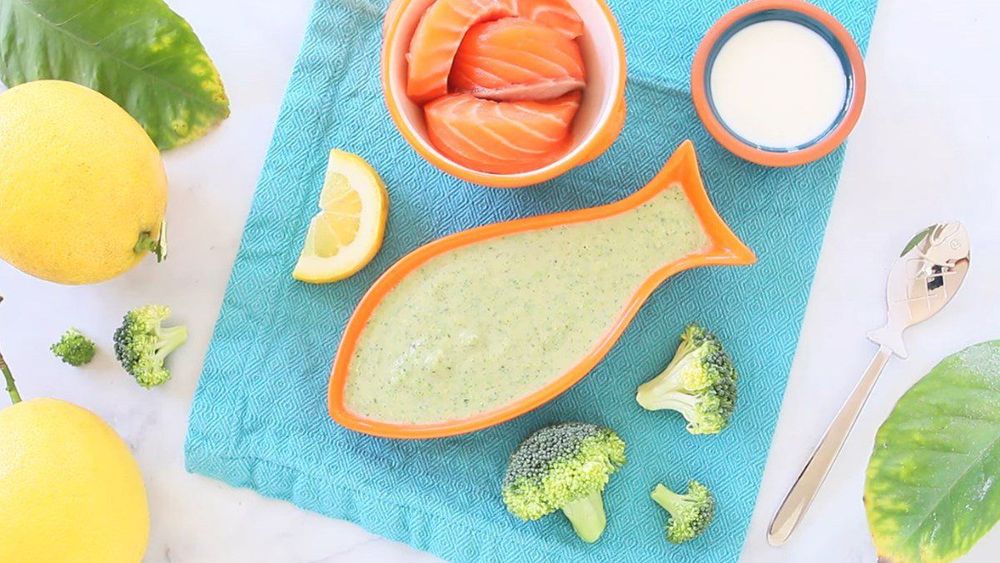
Cha mẹ nên kết hợp cá hồi với các loại thực phẩm khác nhau để kích thích bé ăn ngon miệng hơn
4. How to cook salmon porridge for baby to eat weaning
Children in the period of weaning need to add more foods that are good for the brain as well as height. Therefore, salmon is considered a food that can help babies grow healthy, smart and minimize cardiovascular, vision and neurological diseases. Here is a suggestion on how to cook salmon porridge with pumpkin to help your baby grow healthier.
To cook baby salmon porridge with pumpkin, you need to prepare fish sauce, cooking oil, sugar, salt, 2 slices of peeled and chopped ginger, 200g pumpkin peeled and cut into small pieces and washed, 1 cup Plain rice, scallions and 200g salmon fillet. How to prepare pumpkin salmon porridge as follows:
First, it is necessary to clean and wash with salt to remove the fishy smell of salmon. Next, boil about 300ml of water with 1/3 teaspoon of salt, when the water boils, add the salmon and add a few small slices of ginger to eliminate the fishy smell. When the fish is cooked, take it out and keep the fish broth. Salmon should be beaten into small pieces with a fork or pureed. For salmon broth, bring to a boil and use a tablespoon to skim off the foam floating on the surface of the water. Then put the glutinous rice into the pot, add a little boiling water to the pot to prevent the porridge from thickening, cook until the rice is cooked. Pumpkin is boiled in a separate pot for 15 minutes until just cooked, remove the pumpkin and mash it until smooth. Then, pour the pumpkin part into the salmon porridge pot and stir for 1-2 minutes, then add the green onions and spices just enough, then turn off the heat. Let the porridge cool and then give it to your baby to use immediately. In addition to salmon porridge with pumpkin, you can cook white cauliflower salmon head porridge, or lotus seed salmon porridge, salmon cheese porridge, carrot salmon porridge... or combine with salmon roe to make salmon. nutritional supplements for children.
Please dial HOTLINE for more information or register for an appointment HERE. Download MyVinmec app to make appointments faster and to manage your bookings easily.




